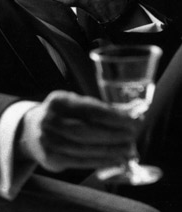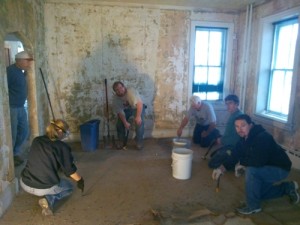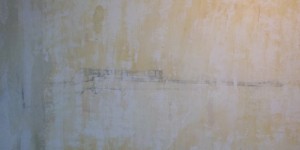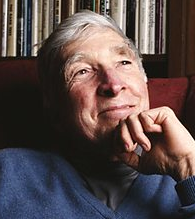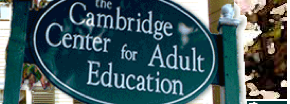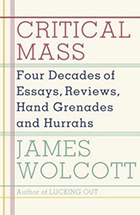 You never know what line from an Updike book is going to be quoted and used in an article. In an ed-op piece titled “Has the urinal had its day?” (posted January 11, 2014), HeraldScotland.com senior features writer Barry Didcock begins,
You never know what line from an Updike book is going to be quoted and used in an article. In an ed-op piece titled “Has the urinal had its day?” (posted January 11, 2014), HeraldScotland.com senior features writer Barry Didcock begins,
“I don’t have the paperback to hand so I’m relying on my fading memory of the novel, but there’s a line in John Updike’s The Witches of Eastwick in which one of the female protagonists talks about men ‘lording it’ over the toilet bowl.
“She’s referring to their—our—ability to pee standing up.”
Didcock uses that quote as a springboard to a speculative discussion of how the urinal may be nearing the end of its life. But he doesn’t consider sporting events or concerts. Without urinals, the lines at those events would be as interminably long as they are for women.

